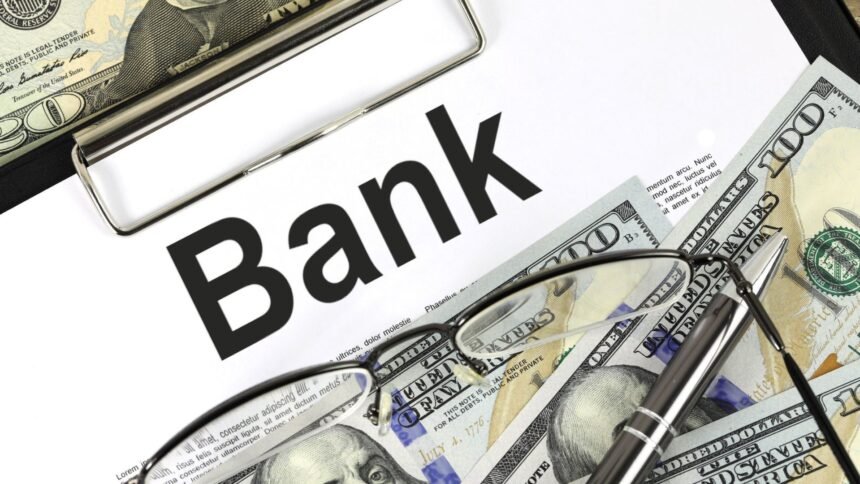Your relationship with your bank should make managing your money easy, secure, and even rewarding.
But if you’re starting to feel that your current bank isn’t quite meeting your needs, it may be time to explore other options.
While switching banks can seem like a hassle, it might be worth the effort if your bank is making things more difficult than necessary.
Here are five clear signs that it’s time to switch your bank.
1. You’re Paying Too Many Fees
Let’s be real: no one likes paying unnecessary fees. From maintenance fees to overdraft fees, the list can seem endless.
Some banks charge a monthly fee just for keeping your account open.
While these fees might have been unavoidable in the past, many modern banks—especially online ones—offer fee-free accounts.
If you find yourself constantly charged for things like:
- Minimum balance violations
- Overdraft protection
- ATM fees
- Transaction fees
…then it’s time to consider switching. The great news is that many banks, particularly online banks, offer accounts with little to no fees, meaning more of your hard-earned money stays with you.
Shop around for banks that pride themselves on transparency and minimal fees to see how much you can save by making the switch.
2. Poor Customer Service is Becoming a Trend
Customer service can make or break your experience with a bank. Whether it’s long wait times, lack of knowledgeable staff, or difficulty resolving issues, bad customer service is frustrating—especially when it involves your money.
If you’re tired of:
- Waiting hours on hold just to ask a simple question
- Speaking with representatives who are less than helpful
- Having your concerns brushed off or not addressed properly
…it may be time to look for a bank that values customer service. Many smaller banks and credit unions pride themselves on offering more personalized and attentive service.
Even some of the larger banks have dedicated customer service teams that handle issues quickly and efficiently.
Don’t settle for poor treatment, especially when other banks are willing to go the extra mile to earn your business.
3. Your Bank Lacks Mobile or Online Banking Features
In today’s digital age, being able to manage your finances on the go isn’t just a convenience—it’s a necessity.
If your bank’s mobile app is clunky, hard to use, or lacks essential features, you could be missing out on a much smoother banking experience.
Things to look out for include:
- No mobile app or one that’s outdated and difficult to navigate
- Limited online banking features, such as bill pay or fund transfers
- Frequent app crashes or downtime
- No real-time transaction updates
Many newer banks, particularly online-only institutions, have invested heavily in their digital platforms.
They offer apps that make everything from tracking your spending to depositing checks effortless.
If you find yourself struggling with your bank’s online tools, it’s a strong indicator that it’s time for a change.
4. You’re Not Earning Any Interest (or Not Enough)
If you’re not earning interest on your checking or savings accounts, or if the interest rates are painfully low, you might be leaving money on the table.
Many traditional banks offer interest rates that are a fraction of a percent, which barely grows your savings over time.
However, many online banks and credit unions offer significantly higher interest rates for their savings accounts.
High-yield savings accounts, for example, are becoming increasingly popular, offering rates that are multiple times higher than those of traditional banks.
Look for banks that provide competitive interest rates on:
- Savings accounts
- Money market accounts
- Certificates of deposit (CDs)
If your current bank’s interest rates aren’t helping your money grow, switching to a bank that values your savings can be a smart financial move.
5. Limited Branch or ATM Access
While online and mobile banking have made it easier to manage your finances without stepping foot in a branch, sometimes you still need access to physical locations or ATMs.
If your current bank doesn’t have enough branches or ATMs where you live, work, or travel, it can become an inconvenience.
Common issues to consider:
- You have to pay ATM fees often because your bank doesn’t have ATMs nearby
- There are no branches close by, making it difficult to meet with a banker in person
- The bank’s network is limited, making travel outside your city or state challenging when accessing your money
While some online banks don’t offer physical branches, they often have partnerships with major ATM networks that allow you to withdraw cash fee-free from thousands of ATMs across the country.
If you’re frequently finding yourself without convenient access to your bank’s resources, it might be time to find a bank with more reach or flexibility.
What to Look for in a New Bank
If any of the signs above resonate with you, it’s probably time to make the switch. But before you move all your money over, there are a few things you’ll want to consider when choosing your new bank.
1. Lower or No Fees
Start by comparing the fees at various banks. Look for banks that offer fee-free checking or savings accounts. Some banks will also waive fees if you meet certain criteria, like maintaining a minimum balance or setting up direct deposit.
2. Convenient Access
Whether it’s through a robust mobile app, wide ATM networks, or an abundance of branches, ensure your next bank fits your lifestyle. If you frequently travel, make sure the bank offers services that won’t leave you stranded when you’re out of town.
3. Strong Customer Support
A bank that values its customers should offer multiple ways to get in touch, such as phone support, chat, or even 24/7 customer service. Look at reviews and ask friends or family about their experiences with customer service before making the switch.
4. Competitive Interest Rates
If growing your savings is important to you, make sure your next bank offers competitive interest rates. High-yield savings accounts are available at many online banks, which can make a big difference in your long-term savings goals.
5. Digital Banking Features
From mobile check deposits to real-time transaction alerts, your next bank should make managing your finances easier, not harder. Compare mobile apps and online platforms to ensure they meet your expectations for ease of use and functionality.





